The views expressed in our content reflect individual perspectives and do not represent the authoritative views of the Baha'i Faith.
On November 7, The Washington Post reported, “The FBI and authorities in several states are investigating racist text messages sent to Black people nationwide this week saying they would be brought to plantations to work as enslaved people and pick cotton.”
This recent rise in proud, hateful intimidation tactics reminds me of a racist sign that was waved at a 2020 rally that left the news anchor in shock. The disturbing handwritten poster read: “Coming for Blacks and Indians first…”
RELATED: 5 Abolitionists Who Show Us What White Allyship Looks Like
Thinking about all this hate against the two most historically oppressed racial demographics in our nation’s history brings tears to my eyes. Sadly, I’m not surprised that, as the National Spiritual Assembly of the Baha’is of the United States wrote, “racism continues to work its evil upon this nation.” In “The Vision of Race Unity” in 1991, they stated:
The recent resurgence of divisive racial attitudes, the increased number of racial incidents, and the deepening despair of minorities and the poor make the need for solutions ever more pressing and urgent. To ignore the problem is to expose the country to physical, moral and spiritual danger.
I’ve written articles about the stereotypes fueling misogynoir, and in this article, I’m focusing on the stereotypes driving anti-Indigeneity. After all, aren’t stereotypes the fallacies behind prejudice? I’m grateful to share the perspectives of Native American Baha’i friends on this important matter.
RELATED: How Chief Sitting Bull’s Great-Great-Granddaughter Became the First Lakota Baha’i
Native American Stereotypes in Media, TV Shows, and Movies
Medicine Eagle, a practicing holistic healthcare practitioner and member of the Anishinaabe nation residing on the Omaha Indian Reservation in Macy, Nebraska, wrote in an email to me, “The biggest misconception of Native people is that we are ’savages.’”
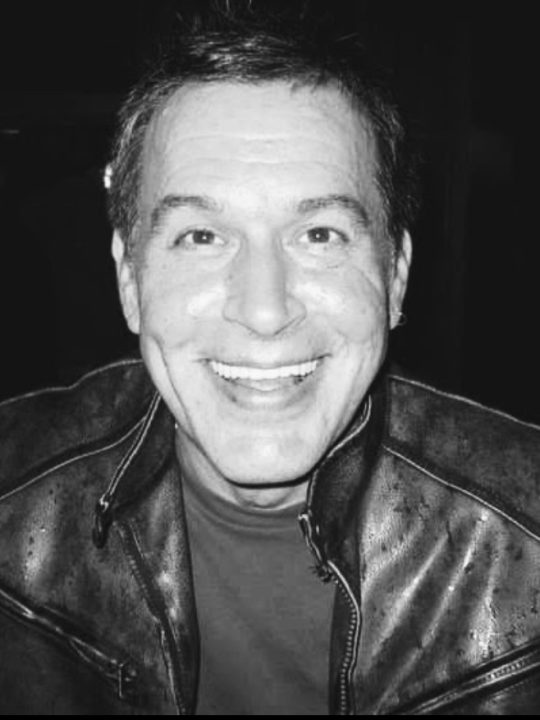
As stated in the article “I is for Ignoble: Stereotyping Native Americans,” published online by The Jim Crow Museum, Native Americans are “represented as barbarous, with tomahawk and scalping knife in hand. In contrast, Euro-Americans are depicted as innocent victims of savagery, especially from Indian males.”
I’m sure many of you have heard of or seen those Westerns depicting our nation’s Indigenous people attacking Euro-American colonizers. In reality, to use the words of the Jim Crow Museum, “many American Indians were taken captive by non-Indians, tortured, incarcerated, murdered, and expelled into slavery. Because Europeans and Euro-American colonists threatened Native peoples, many resisted mightily to defend their families and homelands.”
When Native Americans are not stereotyped as savage in these movies and television shows, they are rarely represented at all.
Medicine Eagle continued, “Depictions of the Indian peoples in the media are always that of Natives, not human beings that are doctors, lawyers, teachers, artists, farmers, etc.”
He shared that his dear friend, an actor on a popular Western television program, “went into show business to dispel the type cast, only to face the reality that he can only be cast as a Native.”
Every person wants to be seen as a multifaceted individual, recognized for their diverse talents, professions, perspectives, and qualities, rather than being confined to a race-based role and the harmful stereotypes that reduce their full humanity.
In addition to being depicted as savages, Native Americans are often portrayed as impoverished, uneducated, and struggling with addictions. Louise Profeit-LeBlanc, a retired National Indigenous Arts Administrator for the Canada Council of Canada and member of the Nacho N’yak Dän First Nation of central Yukon, Canada, explained that “so much of the media only portrays the weakness of Indigenous people.”
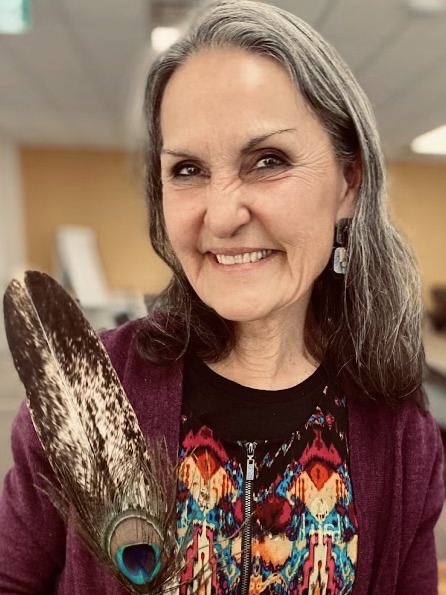
“These stereotypes have weakened the people and also have prevented those who might like to get to know us from doing so,” wrote Louise Profeit-LeBlanc, whose Northern Tutchone name is Tsé Itsoh — Beaver Woman.
Nadema Agard — whose Lakota name is Winyan Luta, meaning Woman Holy Red — is a Cherokee, Lakota, and Powhatan artist, educator, consultant, curator, and storyteller. She also emphasized how these highly sexualized images of Native Women are contributing to the high rates of assaults, kidnapping, and murder of Indigenous women.
How We Can Combat These Harmful Stereotypes Against Native Americans
Medicine Eagle wrote, “We need to return to our original teachings, and the teachings of the Baha’i Faith that there is only one race — the human race. This understanding will aid in eliminating racism.”
Certainly, at a talk in Paris in 1911, Abdu’l-Baha, one of the central figures of the Baha’i Faith, said:
For God created us all of one race. There were no differences in the beginning, for we are all descendants of Adam. In the beginning, also, there were no limits and boundaries between the different lands; no part of the earth belonged more to one people than to another. …How can we uphold war caused by an illusion?
Louise Profeit-LeBlanc suggested that we “work with Indigenous people to find the sacred line of reconciliation and build a new world together.” She shared that “there are many books that have been written by Indigenous people, and there are many filmmakers, theater artists, poets, and educators who can be called upon to help bring better understanding.”
Nadema Agard highlighted the importance of having a “better Native American curriculum in our school system and more exposure in the media.” She also stressed the need for allies “to support the Native community members but not speak for them.”
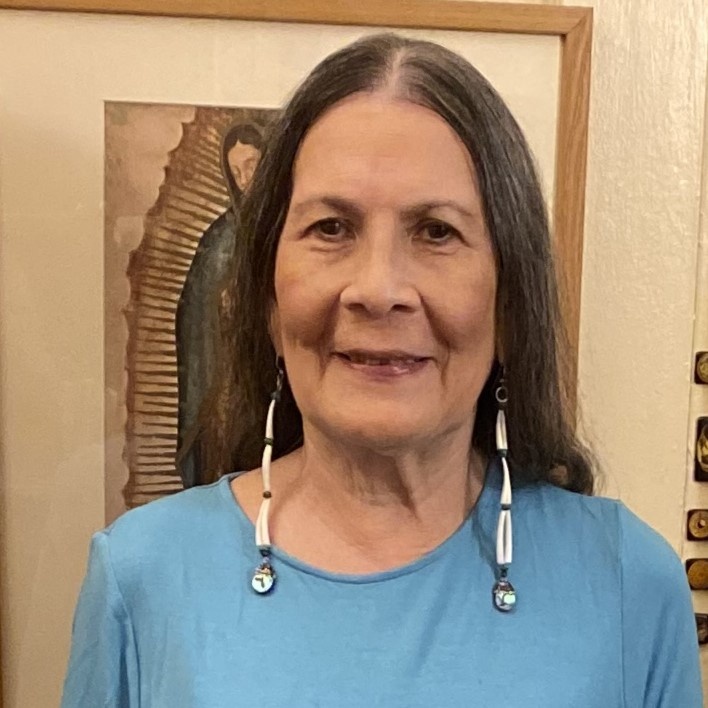
Louise Profeit-LeBlanc wished that more people understood that Indigenous people are “community-minded” and want to share their “knowledge of what the land has taught [them] with the rest of the population.” She wrote, “We have always been hard workers, thinkers, healers, providers, hunters, etc. who care about our human family.”
So, let’s all care about them and work together to dispel these harmful Native American stereotypes that are stoking hatred and oppression.



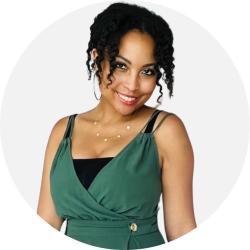
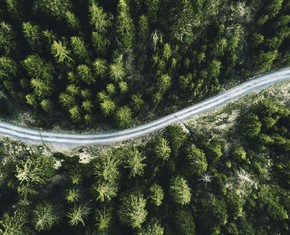

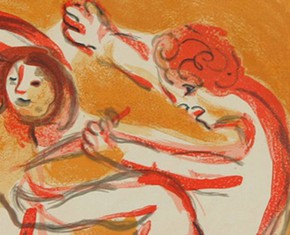









Comments
Sign in or create an account
Continue with Googleor